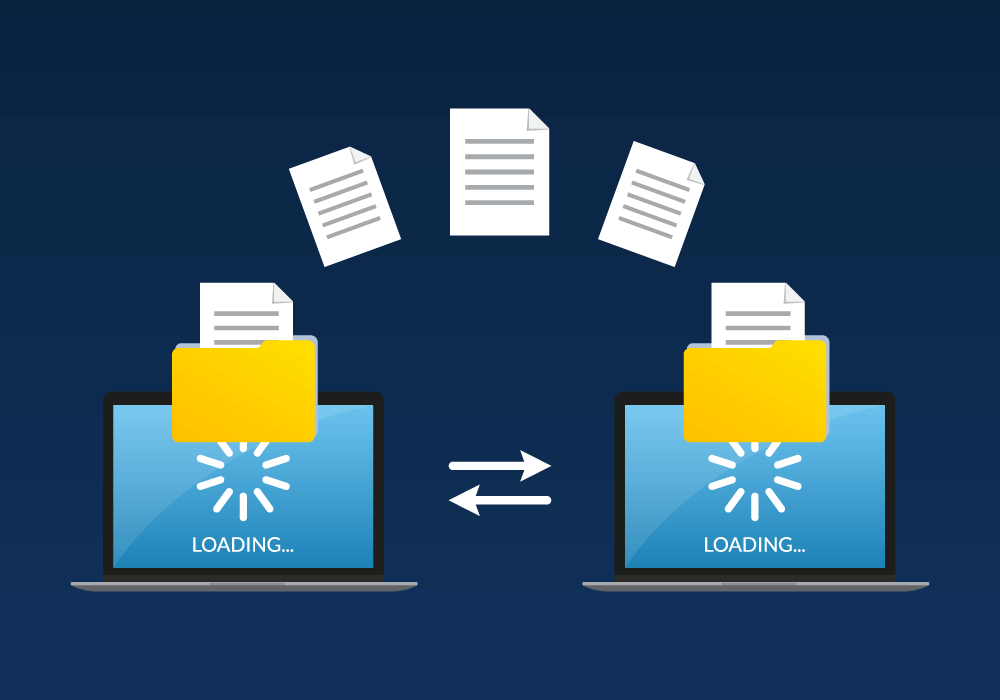The age-old practice of physically filing legal documents has met its contemporary counterpart in California: eFiling. The transition from heaps of paper to sleek, digital files holds immense potential for every stakeholder in the Californian legal system, from clerks to attorneys, and even litigants themselves. This transformative approach is not just about leveraging technology but refining efficiency, ensuring both time and resources are maximally utilized. This article, through its depth and breadth, aims to simplify the intricacies of the eFiling process for you.
Understanding eFiling in California

In its essence, eFiling is the digital counterpart of traditional paper filing, enabling legal professionals and individuals to electronically submit their documents to the court. Over recent years, California has progressively mandated eFiling for a multitude of case types, championing this innovation not just for its environment-friendly ethos but its promise of greater efficiency. However, each transformative step comes with its own set of rules and protocols. In the realm of eFiling, adherence to regulations like the California Rules of Court and specific local court directives is non-negotiable.
Benefits of eFiling
The shift to eFiling has ushered in a new era of benefits for the legal community in California. At the outset, it brings about palpable cost reductions. Gone are the days of bearing postage charges or the overheads associated with courier services. Furthermore, eFiling, and outlets such as MyFileRunner, stands as a beacon of accuracy. The system, equipped with predefined fields and automated checks, significantly diminishes the chances of clerical errors. But perhaps its most enticing advantage is its omnipresent accessibility. With the capability to file from virtually anywhere and at any time, legal professionals now possess the flexibility to operate beyond the confines of traditional working hours.
Choosing the Right eFiling Service Provider
The journey of eFiling is considerably smoothed with the right service provider. Think of this choice as handpicking a strategic partner. Key considerations should span across multiple domains. How user-friendly is their platform? Is their customer support robust and easily accessible? Are they abreast with the latest California court regulations? Does their track record exude reliability and efficiency? Evaluating potential providers on these parameters can make a marked difference. After all, the right eFiling service provider should not only ease the submission process but should also stand by you, mitigating any challenges that might arise during your eFiling endeavors.
Preparing Your Documents

Before plunging into the eFiling process, the significance of immaculately prepared documents cannot be overemphasized. Proper formatting is the first step. This ensures that your files are easily readable and comply with court-specific requirements. In California, for instance, certain courts might specify nuances such as font type, size, and even the color of hyperlinks in your documents. Beyond formatting, organization is paramount. Grouping related documents, labeling them correctly, and ensuring they follow a logical sequence can be invaluable. Before submission, familiarize yourself with any unique requirements set by specific courts.
Understanding Fees and Costs
eFiling, while heralding numerous advantages, does come with its associated costs. These fees, typically contingent on the type of case or the document’s nature, are usually outlined on the respective court’s website or the eFiling portal. It’s beneficial to acquaint yourself with this fee structure, ensuring no surprises post-submission. Moreover, the state of California occasionally offers fee waivers or reductions, especially for individuals who meet certain criteria, like financial hardship.
Navigating the eFiling Portal
The California eFiling portal, while intuitive, can seem labyrinthine to the uninitiated. The onset requires creating a user account, often necessitating details like your bar number and contact information. Once set up, the portal’s dashboard typically displays a variety of options, from new submissions to tracking existing filings. For novices, taking a moment to explore and acquaint oneself with these functionalities can be enlightening. Familiarity breeds ease. Bookmarking frequently used sections or using in-built tools for streamlined submissions can further enhance your eFiling experience.
Uploading Documents

Once your documents are impeccably prepared, the next step is uploading them. However, this isn’t as straightforward as dragging and dropping files. There might be restrictions pertaining to file size, format, or even naming conventions. For instance, some courts might have a stipulated maximum file size or require documents to be in a specific PDF version. It’s also paramount to ensure that the files are free from viruses or malware. Some platforms provide integrated tools that can compress or convert your files if they don’t align with the specified standards.
Ensuring Document Accuracy
Accuracy is the bedrock of legal proceedings. Even minor oversights in your eFiled documents can lead to unnecessary delays or, worse, potential legal complications. Before hitting the submit button, take a pause. Revisit each document, scanning for typographical errors, misaligned formatting, or omitted information. Automated spell-checks, while useful, aren’t infallible. It’s also judicious to have a colleague or a second pair of eyes review the submission. Fresh perspectives often catch oversights that might have been inadvertently missed.
Tracking and Managing Filings
With multiple cases or numerous documents, tracking becomes imperative. Thankfully, eFiling systems in California typically offer comprehensive tracking tools. These functionalities allow users to monitor the status of each submission, from initial receipt to final acceptance. Notifications or alerts, either via email or through the platform, keep you apprised of any updates or actions needed. For law firms or professionals juggling manifold cases, employing document management software or tools can be transformative.
Handling Rejections and Corrections

Despite meticulous preparation, eFilings can sometimes face rejection. This could stem from various reasons, be it non-compliance with court-specific rules, missing information, or payment discrepancies. The silver lining? Most rejections elucidate the cause, allowing you to rectify and resubmit. Approach rejections as learning opportunities. Understand the feedback, make the necessary corrections promptly, and resubmit.
Staying Updated on eFiling Changes
The eFiling landscape, like any legal domain, is dynamic. Regulations evolve, court requirements get updated, and technological advancements continually redefine the process. As a diligent legal professional or individual, it’s paramount to stay abreast of these shifts. Subscribing to official court bulletins, participating in eFiling webinars, or even joining legal forums can be insightful.
Conclusion
eFiling in California, while revolutionary, is a nuanced process. From document preparation to navigating portals and ensuring accuracy, each step is a cog in the wheel of efficient legal proceedings. By internalizing the insights shared in this guide, you’re not just optimizing your eFiling journey but also ensuring that your legal submissions in the Golden State are both smooth and efficacious.

